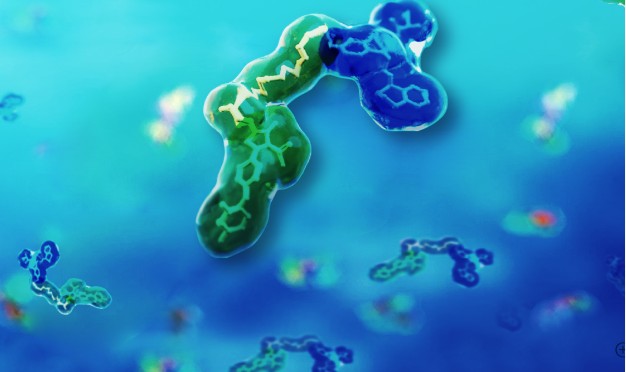
Immunogenicity assessment is essential for biologics, biosimilars, gene therapies, and antibody-drug conjugates because anti-drug antibodies (ADAs) can affect efficacy, safety, and pharmacokinetics. Regulators recommend a tiered approach to ADA testing to balance sensitivity with clinical relevance. This multi-tier strategy ensures that positive signals are properly confirmed and characterized, minimizing false conclusions.
By understanding how each tier works and how they integrate into drug metabolism and pharmacokinetics (DMPK) studies, developers can generate data that supports regulatory submissions and patient safety.
Understand the Multi-Tier Immunogenicity Assay Strategy
The tiered framework moves logically from broad screening to specific characterization, ensuring consistency and reliability across preclinical and clinical programs.
Screening assays: the first filter for potential positives.
Screening assays cast a wide net to detect any ADA signal in patient samples. Bridging ELISA or electrochemiluminescence (ECL) assays are the most common, offering high throughput and strong sensitivity. At this stage, minimizing false negatives is critical, even if it means capturing occasional false positives. Carefully selected minimum required dilutions (MRDs) help balance matrix effects and assay noise while retaining sensitivity at clinically meaningful levels.
Confirmatory assays: proving true ADA specificity.
Any screening positive must be confirmed to avoid reporting false responses. Confirmatory assays typically use competitive inhibition, where an excess of the unlabeled drug competes with the labeled drug, suppressing true ADA signals. This step distinguishes specific binding antibodies from non-specific background interference. Statistical thresholds—known as confirmatory cut-points—are predefined during method validation to ensure reproducibility.
Characterization assays: defining the immune response.
Once confirmed, samples undergo characterization to determine titer, isotype/subtype, binding epitopes, and persistence over time. These parameters reveal whether the immune response is transient or sustained, weak or strong, and mechanistically relevant. For example, an IgE response may carry hypersensitivity risk, while high titers of IgG can accelerate clearance and reduce exposure. Understanding the type of ADA generated helps predict clinical outcomes and guide therapeutic strategies.

Neutralizing antibody (NAb) assays: functional impact.
Neutralizing antibody assays assess whether ADAs block the therapeutic’s biological activity. Cell-based assays are considered the gold standard because they mirror the drug’s mechanism of action, though competitive ligand-binding assays can be used when cell systems are impractical. NAb data are essential for linking ADA status to pharmacokinetics (e.g., sudden clearance spikes) and efficacy (e.g., loss of response). These assays require careful validation for sensitivity, precision, and drug tolerance.
Drug tolerance strategies: uncovering masked ADAs.
Because circulating drugs may mask ADA signals, pretreatment steps such as acid dissociation, affinity capture extraction (ACE), SPEAD/BEAD, or PandA are validated to liberate ADAs from immune complexes. These methods increase drug tolerance from tens to hundreds of μg/mL, ensuring accurate detection in high-dose, long half-life therapies. Selecting the right pretreatment balances sensitivity with the risk of matrix artifacts.
Integration with DMPK and orthogonal analytics.
The tiered ADA strategy does not operate in isolation. Integration with pharmacokinetic data helps correlate ADA presence with drug clearance or reduced exposure. Orthogonal tools such as surface plasmon resonance (SPR/BLI) or ICP-MS/MS (for ADC payload quantification) provide complementary evidence of binding strength or conjugate integrity. Together, these datasets create a comprehensive picture of immunogenicity’s impact on drug safety and efficacy.
Conclusion
A multi-tier immunogenicity assay strategy and effective immunogenicity testing methods ensure ADA detection is both sensitive and clinically meaningful. Screening captures potential positives, confirmatory steps validate specificity, and characterization plus NAb assays define functional consequences. By incorporating drug-tolerance methods and integrating results with DMPK and orthogonal analyses, developers strengthen regulatory submissions and safeguard patient outcomes, allowing teams to detect, confirm, and understand immune responses with confidence, meanwhile ensuring biologic therapies remain effective and safe throughout their lifecycle.



